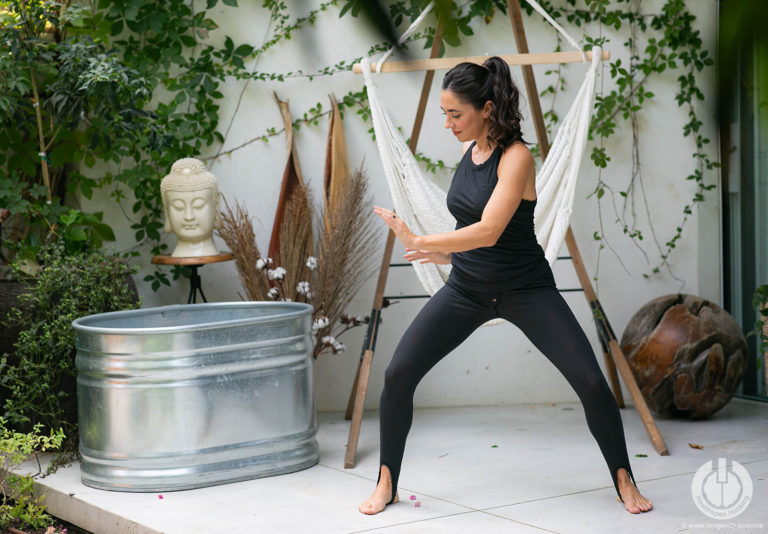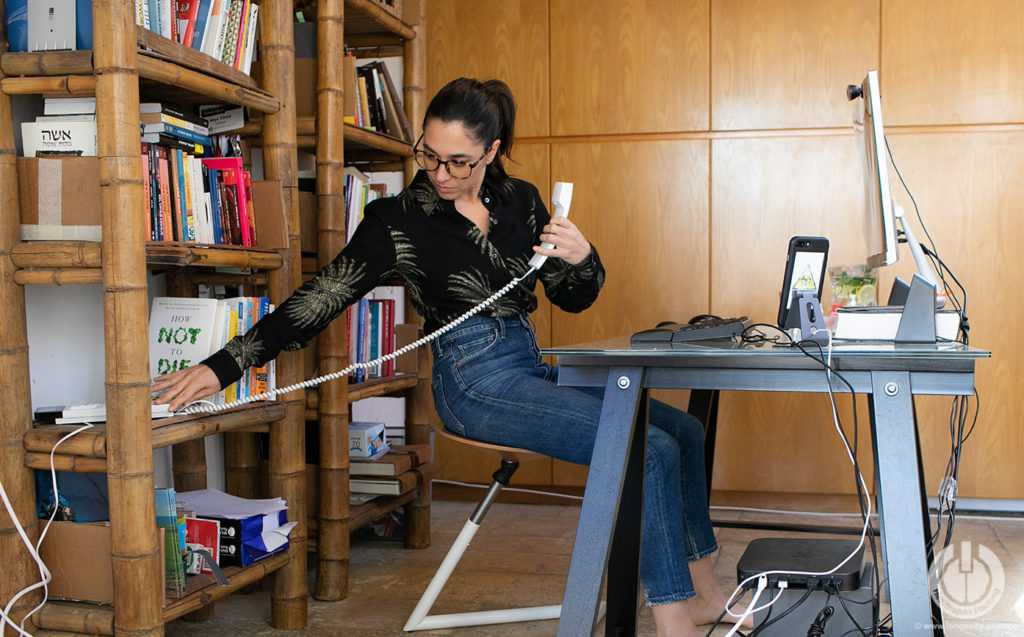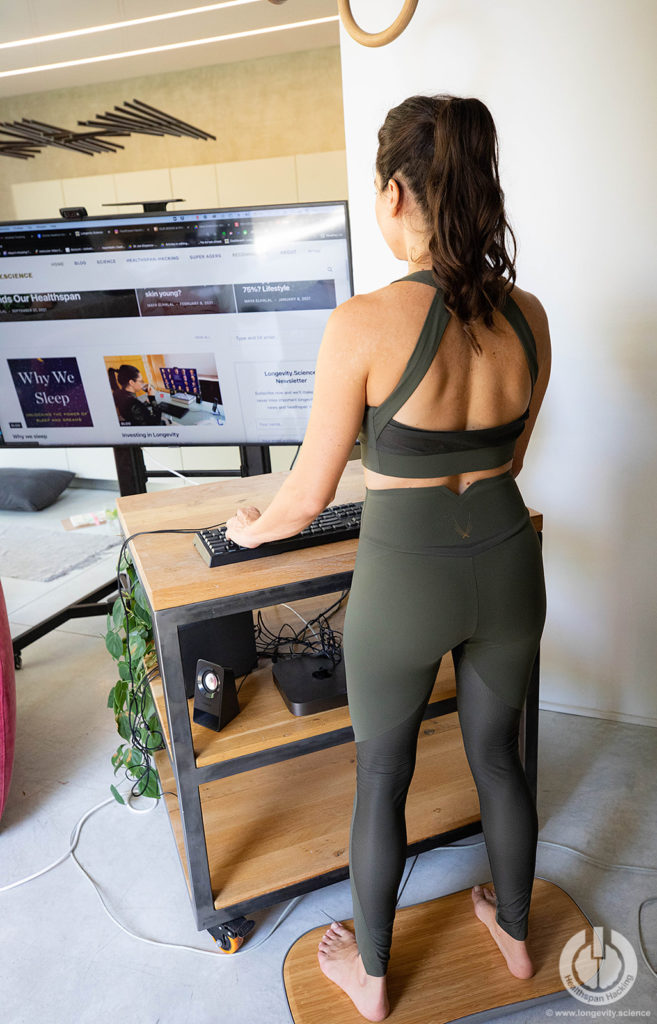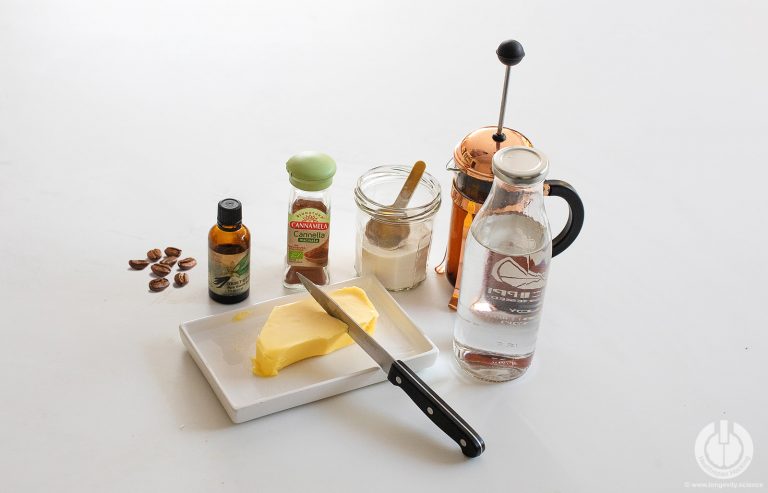Earthing is an ancient practice that has been recently rediscovered by environmental medicine. Though it is a simple process, it has potentially incredible benefits for those who practice it. In a society that is dominated by electronics, it should be no surprise that simply reconnecting with the Earth can make people feel healthier and happier.
Earthing, also known as grounding, is the process of “walking barefoot outside or sitting, working, or sleeping indoors connected to conductive systems that transfer the Earth’s electrons from the ground into the body.” (1)
Grounding is best viewed as a preventative lifestyle that can help prevent and reverse the damage that is being done to our bodies by the modern lifestyle which often does not include being outdoors on a regular basis.
By practicing Earthing on a regular basis and actively connecting with the electrons flowing through the earth, it is possible to undo much of the cardiovascular, respiratory, and muscle damage that has occurred in a person.

Is there Science Behind Earthing/ Grounding?
Although grounding is a newer field of study, there has already been some research that has shown that regular earthing can help improve the health of those who live with cardiovascular disease, inflammatory conditions, chronic pain, and muscle damage. (2)
When viewed as a form of bio-hacking, earthing has also been shown to reduce a person’s stress levels and can significantly improve a person’s mental health and well-being by reducing depression, stress, and fatigue.
In addition, when combined with healthy changes to diet and exercise, earthing has the potential to increase a person’s longevity and healthspan. (3)
These benefits can be achieved in a number of ways. The simplest, and most effective way, to practice grounding is to simply walk barefoot on the ground. It is important to note that direct contact with the earth is necessary for this to work, so walking on dirt, sand, grass, etc. is essential. These benefits cannot be achieved when you are walking on concrete or other man-made substances.

Another method of grounding is to lie directly on the ground or to submerge yourself or go swimming in a natural body of water such as the ocean, lakes, rivers, or streams.
It is not always possible to practice earthing outdoors. In cases of extreme weather, metropolitan living, or in cases where age or health conditions may not allow it, alternative methods of grounding should be utilized. These may include grounding mats, sheets, socks, or patches that mimic the electric current of the earth.
What Are the Health Benefits of Earthing?
There are a number of health benefits that directly result from Earthing. These benefits can be felt after 30 minutes of direct, barefoot contact with the ground, and many people report feeling the positive effects after their first-time grounding.
Not only has earthing been shown to improve both a person’s healthspan and lifespan, but it also has a number of other incredible health benefits including: (4)
- Reduced inflammation
- Reduced pain
- Lowered levels of stress
- Improved blood flow
- Improved energy
- More restful sleep and better sleep quality
- Reduces chronic fatigue
- Improves sleep disorders
- Reduced blood pressure levels
While grounding is generally recommended for everyone, it is still important to discuss it with your doctor if you have any serious underlying medical conditions. Earthing should not be used as a replacement for any medications or other treatment options that you may be currently undergoing without first talking with your doctor.

How Long Does It Take to Experience the Benefits?
Some of the immediate benefits of earthing, such as improved blood flow, improved energy, and reduction of pain and inflammation have been reported as soon as 30 minutes after a grounding session.
In one study, a diabetic woman with a persistent open wound on her ankle reported significantly decreased pain after 30 minutes of grounding treatment with an electrode patch. After one week of daily 30-minute treatments, she reported a pain reduction of 80%, and the limp that she had initially presented with was completely gone.
After two weeks of the daily treatments, she was completely pain free and her persistent wound, that had resisted all other forms of treatment for eight months, was almost completely healed. (5)
How Often Should Earthing Be Done?
If possible, grounding should be performed for at least 30 minutes every day. Simply going outside and lying on the grass in your backyard, taking a barefoot walk on the beach, or standing in the grass at a park can all provide the above health benefits.
It may not be possible for everyone to regularly practice holistic grounding however. If possible, a person should try to practice grounding as often as they are able to. Even once or twice a week can provide some of the health benefits, such as decreased depression and increased blood flow.
For those who do not have regular access to nature, grounding mats may be utilized to mimic receive similar benefits.
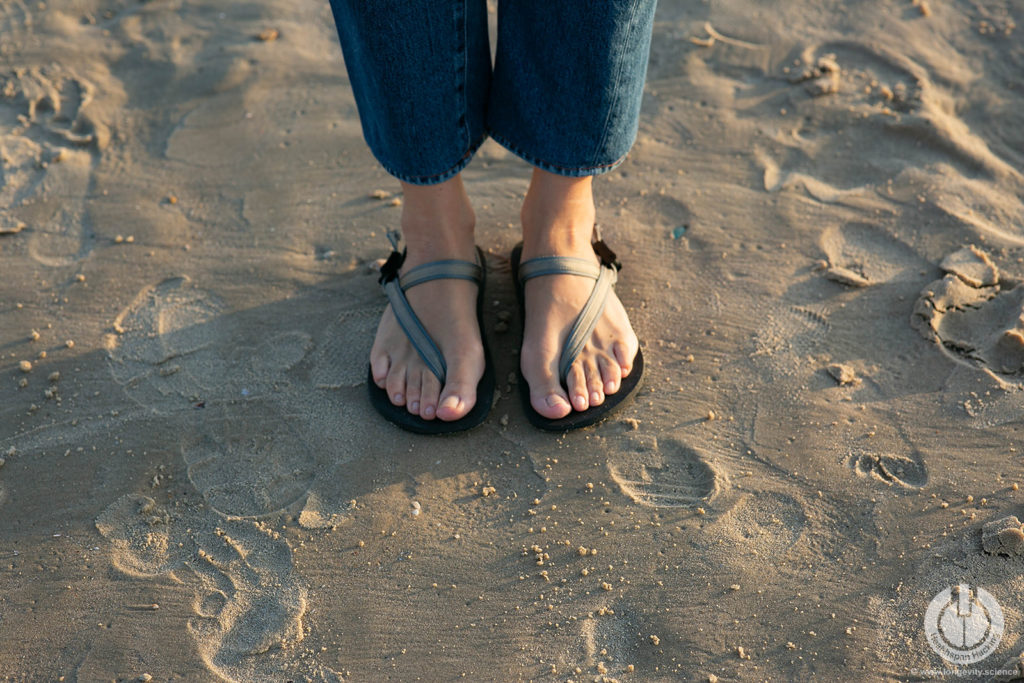
What Are Grounding Mats?
Grounding mats are devices that are connected by a wire to the ground port of your home. It is important to note that you are not plugging directly into an electrical port, but rather the ground wire of your home. Most grounding mats come with instructions that detail how to use them and where to find this port in your home.
Grounding mats come in a variety of sizes, and can be used flat on the floor, on or under a desk, or on a bed so that a person can place their bare body, hands, or feet on it. While there has been less research done on these mats that on direct grounding methods, the research than has been done on them shows promise. (6)
In particular, there has been evidence to show that grounding mats can improve sleep, reduce anxiety, and lower stress levels when used regularly and correctly.
Conclusion
Earthing provides several incredible and holistic health benefits and it is a simple process that the majority of people can do. While the most significant benefits can be achieved when earthing is practiced on a daily basis, it is still possible to see results when done only once or twice a week.
Walking barefoot on the grass, sand, or dirt allows our bodies to reconnect with the earth and allows us to absorb the electrons that can help rebalance our bodies. In turn, this can help prevent and heal several health conditions and has been proven to help those who do it regularly to improve their healthspan, longevity, and overall happiness.
Any person can access and reap the benefits of grounding with minimal effort, and it is a practice that everyone should take part in as often as possible.
Resources
(1)https://www.ncbi.nlm.nih.gov/pmc/articles/PMC3265077/#:~:text=Earthing%20(or%20grounding)%20refers%20to,the%20ground%20into%20the%20body.
(2)https://www.healthline.com/health/grounding
(3)https://publichealth.wustl.edu/heatlhspan-is-more-important-than-lifespan-so-why-dont-more-people-know-about-it/
(4)https://www.sciencedirect.com/science/article/pii/S1550830719305476
(5)https://www.ncbi.nlm.nih.gov/pmc/articles/PMC4378297/
(6)https://www.healthline.com/health/under-review-grounding-mats


